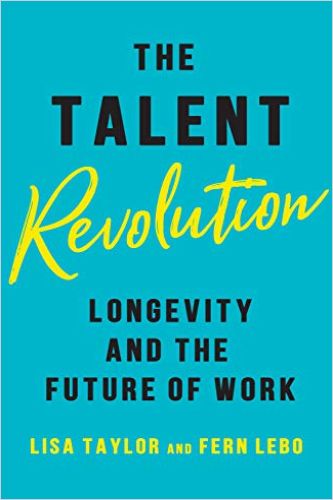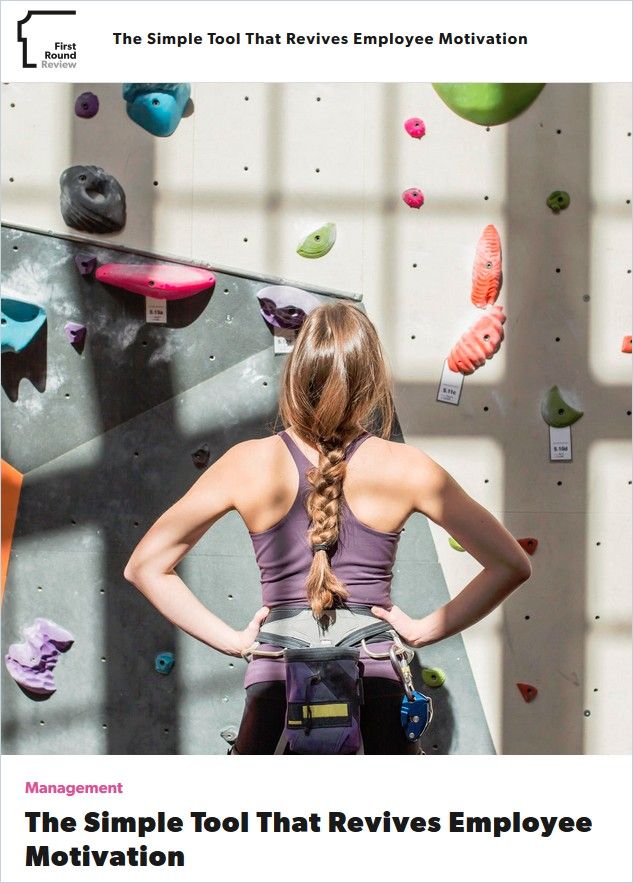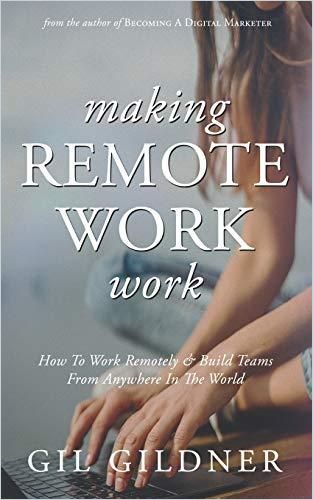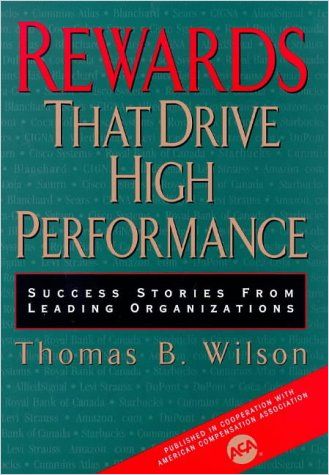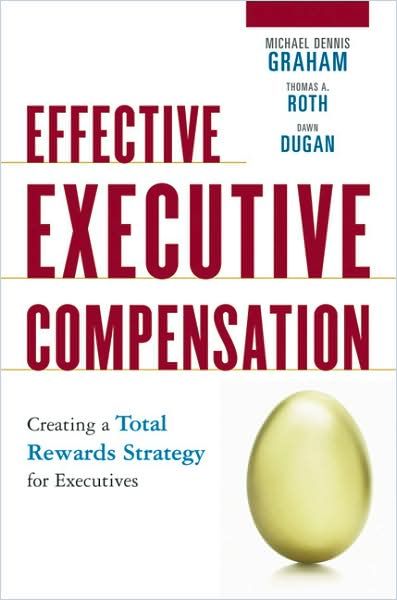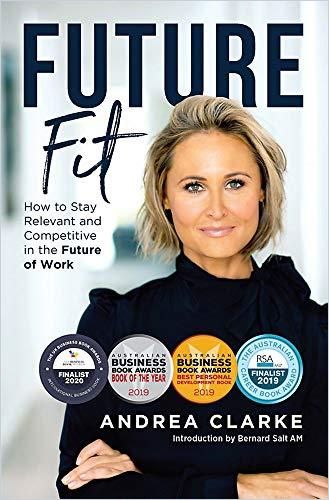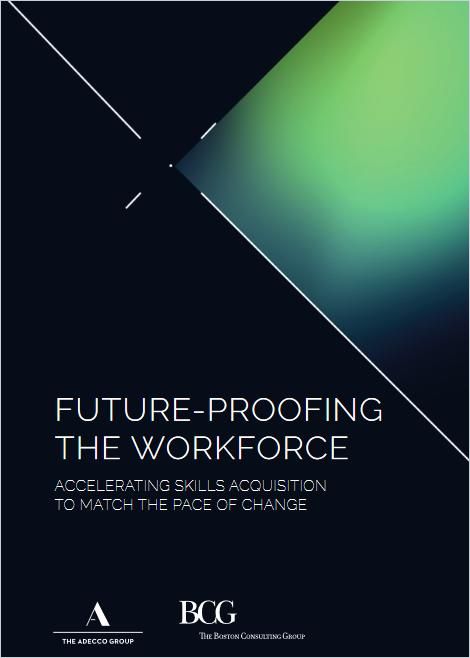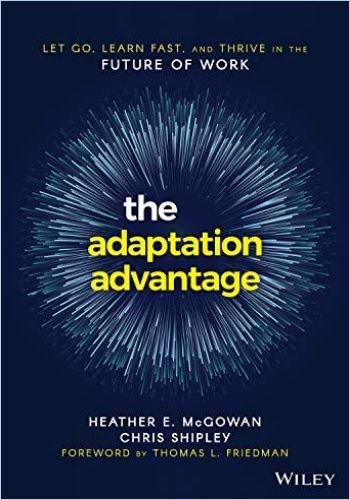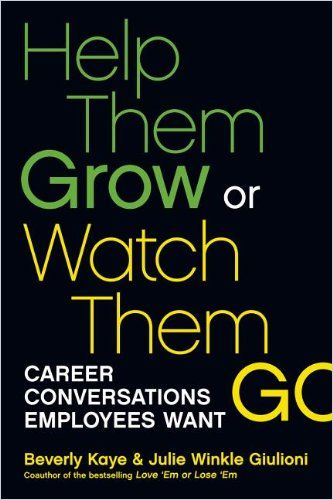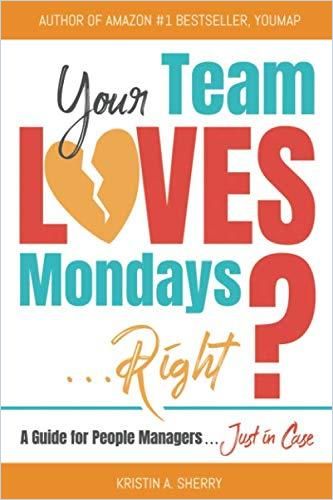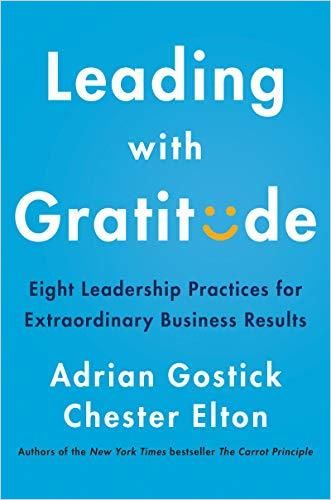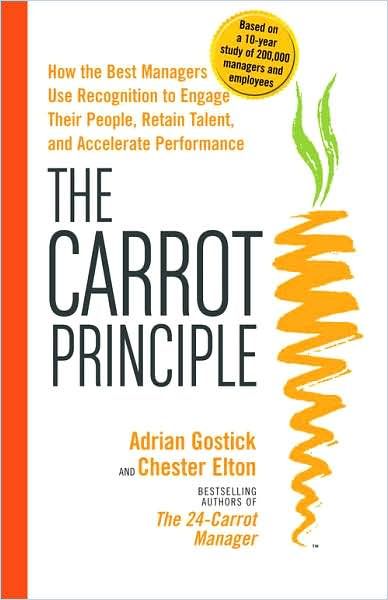Awards, Rewards, Hogwarts

In a world in which more and more people are working outside of the company headquarters, the possibilities for finding new talent are almost unlimited. But the search for and selection of these talents is time- and resource-intensive, and in the end comparatively inefficient – since you’ve been relying on the best of the best in the existing workforce for a long time anyway, right? And true enough, there is a lot to be said for not investing existing resources in new people, but rather making better use of the existing potential in your company. So, what do you need in order to do this?
First: A Motivated Team
Motivation does not come from salaries, bonuses or opportunities for advancement alone: Motivation must already be present in the employee because the overall “package” of the employing organization is right. This package includes purpose, product, environment, colleagues and superiors whom you look up to because they are good – not because you have to. Anyone who thinks they can replace these instinctive work components with money will get mercenaries, not co-workers.
Without the right approach to your workers, they will never perform at the level they are capable of. For more information, see the abstracts below.
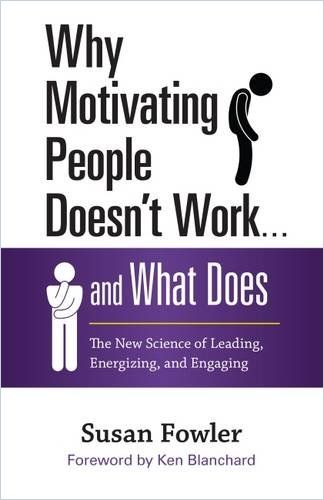
Why Motivating People Doesn’t Work…and What Does
Berrett-Koehler Publishers Read SummarySecond: The Right Incentives
Once the foundations for motivation are laid between organizations, supervisors and employees, you can amplify the effect by creating positive incentives. These can be financial incentives, but they can also be non-monetary – or a combination of both.
Monetary Incentives
Yes, your employees want to be able to pay their own bills. And although all the feel-good discussions about a good place to work sometimes make you suspect it’s not true, financial incentives – i.e., pay increases and bonuses when goals are met – do work! But they don’t always work the same way, and they’re not always the best leverage for better performance. Here’s the elevator pitch:
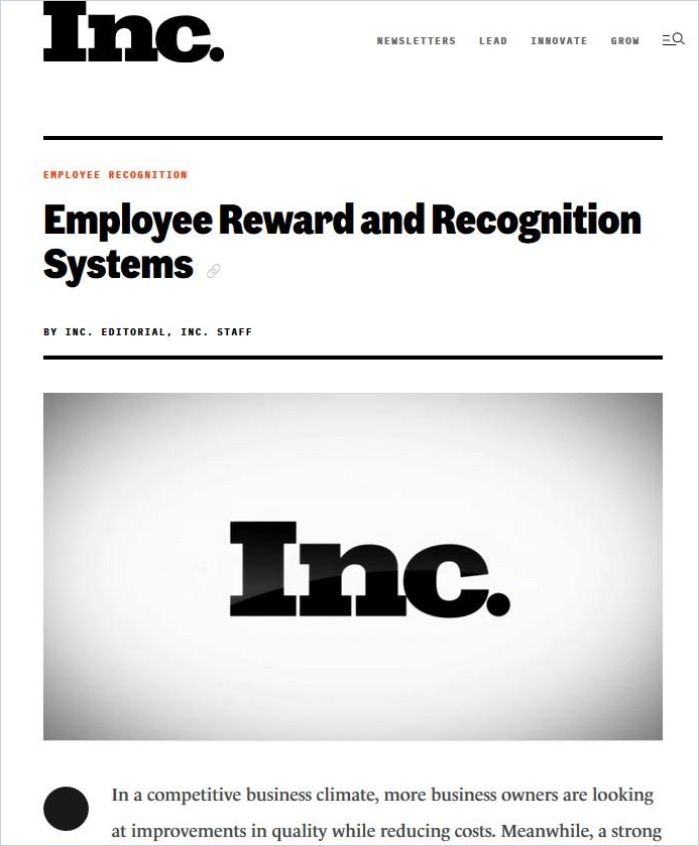
The same applies to constantly rising income: It increases happiness (which tends to boost productivity), but only to a certain point, after which people merely adjust their expectations.

Any payment program you establish should be consistent with company values and clearly distinguish between different incentives – not always using them the same way, either.
Your Integrated Pay Program
In creating a pay program, consider the four elements of pay and decide on the best mix for your company. These elements are:
- Base pay – This is supported by lump-sum payments. It is the primary reward for a person’s ongoing value, where you pay for the person’s skills and ability to achieve desired results, consistent performance over time and value relative to the labor market.
- Variable pay – This includes both cash and equity. It can be paid to a team, business unit, company or individual, based on your quantitative or qualitative measure of results and success goals. This component is flexible and adaptable to changing circumstances. It can be linked to both short-term and long-term performance and goals.
- Recognition and celebration – This is a way to honor individual, team, group, business unit or company achievements. This approach creates an atmosphere in which people receive attention and acknowledgement as you offer positive, enjoyable rewards.
- Benefits or indirect pay – This includes basic health and security benefits. Although this component is playing a diminished role, it has some influence in keeping talented people and in making the workplace a positive environment.
Look at all of these elements together as part of the pay package. For instance, if you are adding to variable pay, think how that affects benefits, so you assess fully what your costs are, what employees will be receiving, and how they perceive and value those benefits.
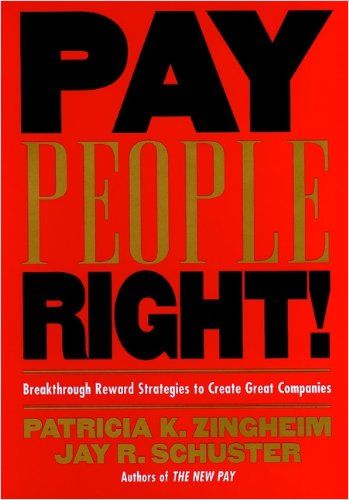
Different Markets and Pay Scale
Since many jobs today can be done from almost anywhere (and virtually, and by robots), number crunchers instinctively see the huge advantages: Having to pay only a fraction for the same work on the other side of the world is a no-brainer. However, where comparative advantages exist, disadvantages also exist.
Sure, you can pay remote workers from less developed countries cheaper wages than most Western workers expect, but how long can you retain them? To avoid talent turnover and to engender greater equity, quadruple the usual local salary for remote workers in less-developed countries. Learn more here:
Pay-for-Performance Systems
More than 80% of companies seek to increase employee motivation using rewards. But before you implement a pay-for-performance system, consider whether your tasks are routine and repetitive, or complex and changing. If the latter, you need an adaptive performance system, which performance-based rewards undermine. Here is how to do that:
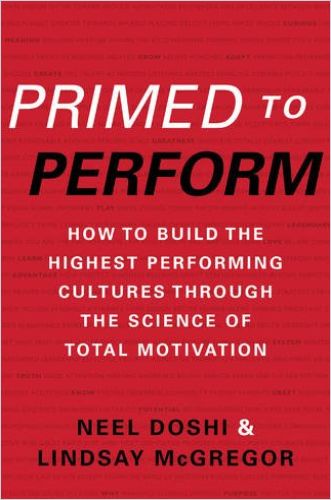
If you struggle to measure the behaviors you hope to promote or to calibrate rewards to reach your desired business goals, or to motivate your employees or customers, rethink pay-for-performance. Cash bonuses rarely produce desired results, and certain types of employee recognition programs can cause more harm than good. A Harvard Business School study reveals that it matters a great deal how managers award employees, and for what:
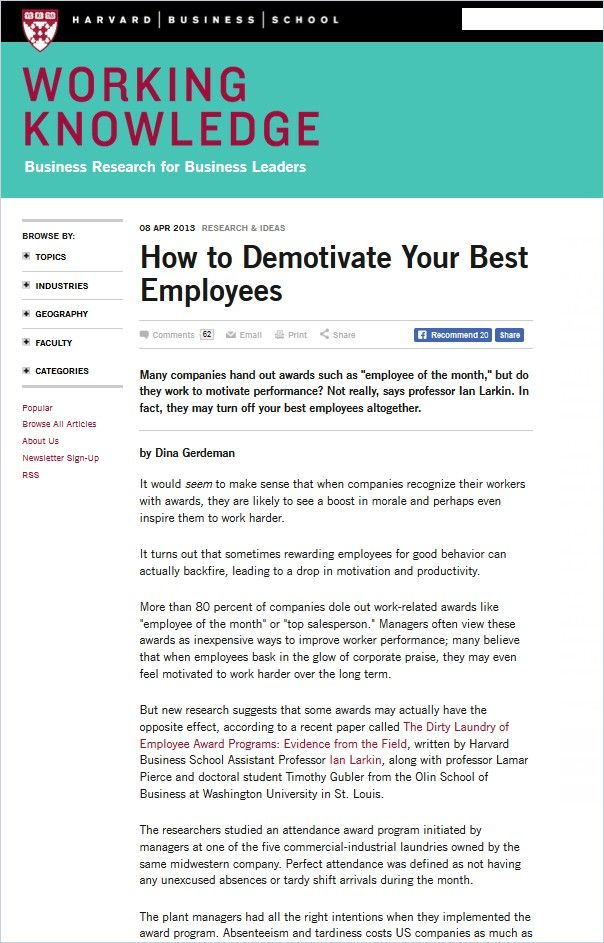
While providing adequate financial compensation is crucial, monetary awards alone do not motivate people as other awards do.
Keep in mind:
- When creating reward systems, seek employee feedback; the key to an employee’s ability to perform may rest in his or her own heart.
- Reward systems should encourage employees to be entrepreneurial in their thinking even as the bureaucracy thickens around them.
- Therefore, make sure that superiors grant the necessary space for this and say goodbye to micromanagement.
- Try to tie pay raises and promotions to learning and acquiring skills (see below).
- Nonfinancial rewards often motivate employees more than money does. This is especially true for younger employees.
- Money simply cannot buy happiness, but praise, flex time, travel, paid education and scholarships might be able to. Read this list again from the beginning.

A Handbook of Employee Reward Management and Practice
Kogan Page Publishers Read SummaryNon-Monetary Incentives
Quite a few storybook cases so far, isn’t it? So let’s now move on to the things that are not wishful thinking, but actually work.
Continuous Learning and Career Growth
Today’s employees expect continuous learning and career growth. If they don’t receive the training they seek, they leave and their firms suffer. This is the shortest paragraph in this article – and the most important.
Here is some background on what you’ll need in the future:
And here you’ll find insights on how managers should prioritize their staff members’ (virtual) career development:
Still not enough summaries? There are a few dozen more in our topic channel:

Visibility
Do you actually know what your people do – and what they like and do best? Ask them now and then. Working from home causes some employees to worry that no one will notice their efforts. In the following abstract, David Zweig stands up for competent team players – the understated people who make sure that skyscrapers don’t collapse, that you’re properly anesthetized for surgery and that UN speeches get translated accurately. It is time to find and honor this breed of careful, responsible, largely unrecognized leader in each and every company:

Managers tend to assess people’s skills by looking at their current roles and jobs titles. However:
Your employees have additional skills and passions they want to use, and which you can leverage.
Human resources and change management experts Edie Goldberg and Kelley Steven-Waiss provide detailed examples, drawn from companies in various industries, to help illustrate six core principles organizations can use to tap into employees’ skills. By leveraging your current workforce in new ways, you can create an agile organization, able to adapt to the fast-changing forces of the new digital economy.
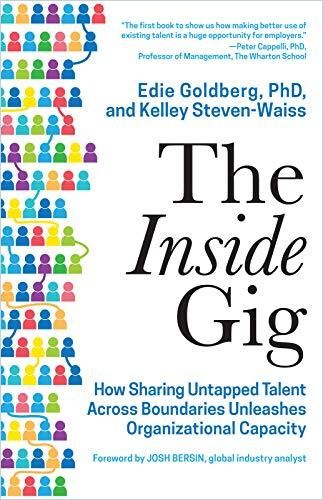
You should combine completed learning and development stages with increased visibility: Physical townhalls and all major team chat software (and new recognition tech) allow individuals to be praised and congratulated for their successes in continuing education and/or their advancement to a new level of responsibility in front of the entire workforce. Individual companies (like Swiss Bank ZKB) even go so far in internal career development as to highlight those who are about to make the leap to the next level – thus incentivizing them to actually make the effort. Best practices? Here they are:
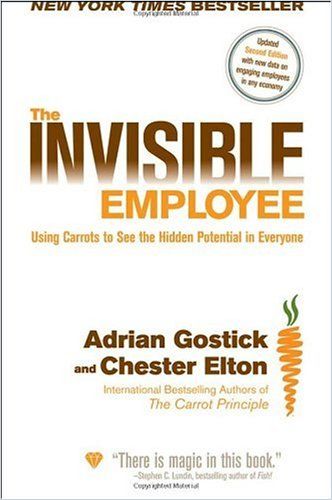
Gratitude
Remember the beginning of this article? A 2012 study showed that once people earn a comfortable level of income, gratitude becomes more important to them than cash awards and bonuses. The “Gurus of Gratitude,” best-selling authors Adrian Gostick and Chester Elton of All In and The Carrot Principle, contend that the best way to boost morale, increase productivity and create a positive work environment is to show your employees that you’re grateful for them. Here is what you need to know:
Last but not least, an important note: In-house talent management is becoming more important not only because our work environments are radically changing or young talent is more demanding, because older employees will remain part of your workforce for longer. Within organizations (and within all the teams formed within them), the age range will increase, leading to new challenges – but also to tremendous opportunities if you master internal development.
Learn more here:
